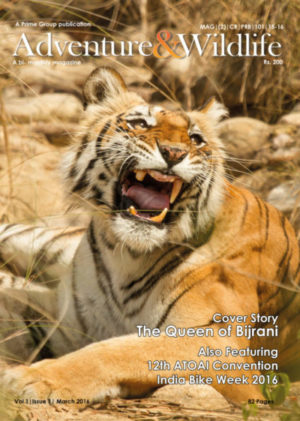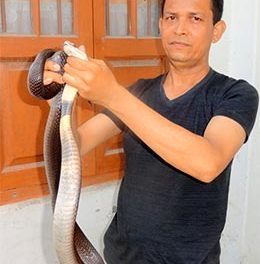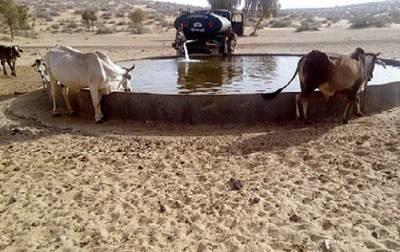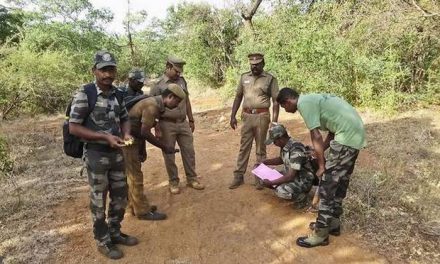
Tiger Census goes digital in Karnataka
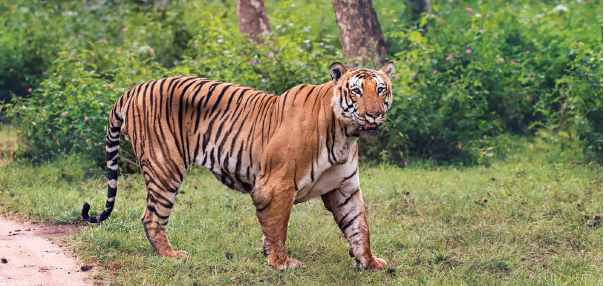
The field data collection for tiger enumeration or “Tiger Census” goes digital in the country in order to reduce human error and provide more reliable estimates. In the All-India Tiger Estimation, already in progress, in Karnataka as the authorities plan to eliminate the process of manual recording of signs of the carnivore and other habitat details.
Instead, an app named M-STRiPES (Monitoring System For Tigers-Intensive Protection and Ecological Status) developed by the Wildlife Institute of India, Dehradun, is being used for the first time. Though the app has already been in place in some national parks, its usage and application has been made mandatory only now, for the fourth All-India Tiger Estimation.
P.S. Somashekar, director general of the National Tiger Conservation Authority (NTCA), southern region, said that the use of the app would ensure a more robust estimate. “All these years, data pertaining to carnivore signs, pellets and status of habitat was manually recorded in the prescribed format on a paper by the field staff, but this exercise was prone to errors. With the availability of M-STRiPES, the probability of human error will be eliminated,” he said.
M-STRiPES is free app that is made available to staff participating in the tiger census exercise, and they will feed in their observations during the carnivore sign survey and transect marking. Details such as pellet density, vegetation status and human disturbance, if any, will also be recorded.
Training for staff
The field staff and senior officials of the Forest Department have been trained on how to use the app at a programme in Bandipur and Mudumalai from December 5 to 7.
Ambadi Madhav, director of Bandipur Tiger Reserve, said: “This programme will [be to] train the trainers, and they in turn will impart the skills to junior staff in their jurisdiction.” Besides, key technical staff involved in operation of the software will undergo an advanced training course in Delhi in December.
However, the use of an app in habitat monitoring is not new. Bandipur had “Hejje” or Pugmark, an Andrioid-based app, while the BRT started with Huli. The GIS-based app will give real-time data on forest habitats besides providing live update of monitoring and patrolling activities. But the nationwide introduction of M-STRiPES paves the way for greater standardization and elimination of inconsistencies in data interpretation.
The national tiger estimates are conducted once in four years, with the first conducted in 2006. That exercise pegged the tiger count at 1,411, with the statistical lower limit pegged at 1,165 and the upper limit, 1,657. In 2010, the count changed to 1,706, with 1,520 being the lower limit and 1,909 the upper limit.
In 2006, Karnataka accounted for 290 tigers, with a lower limit of 241 and an upper limit of 339. In 2010, the count was 300 tigers, with the lower limit pegged at 280 and the upper limit, 320.
The Western Ghat landscape, comprising of the four states, Karnataka, Kerala, Tamil Nadu and Goa, had accounted for 776 tigers in 2014, with the Bandipur-Nagarahole-Madumalai-Wayanad complex harboring 570 tigers – reckoned to be the world’s single largest tiger population in a landscape.
The last nationwide assessment, held in 2014, pegged the tiger figures across the country at 2,226. Karnataka alone is home to a whopping 400 tigers, a bulk of them in Bandipur and Nagarahole.
Source: http://www.thehindu.com/news/national/karnataka/an-app-to-get-tiger-numbers-right/article20606879.ece


